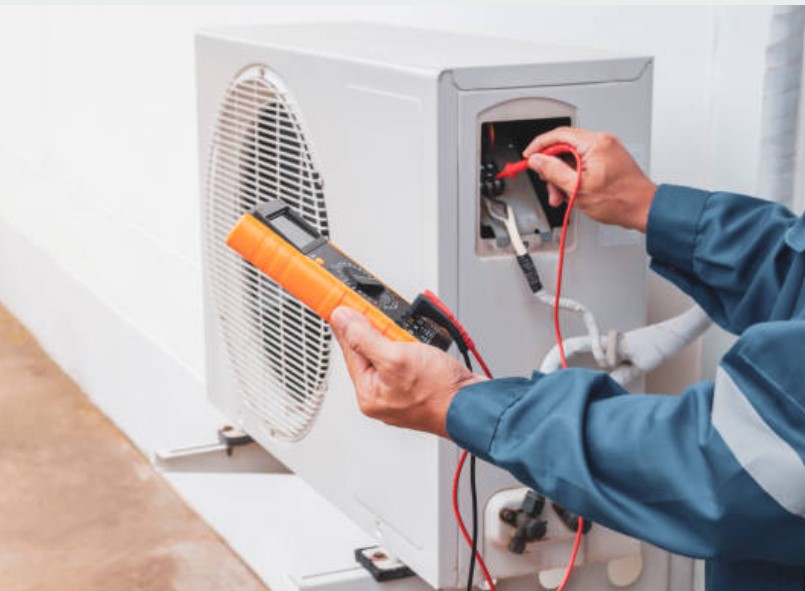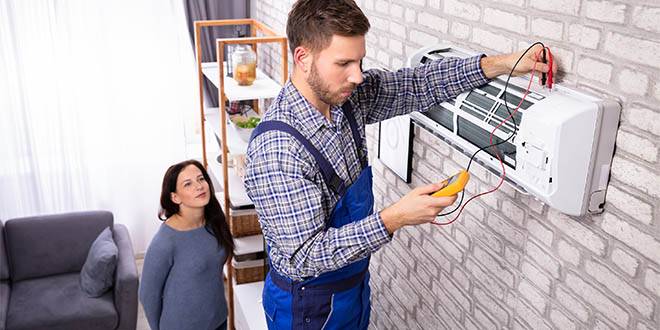Having a well-functioning HVAC system is crucial for maintaining a comfortable and healthy indoor environment. However, when mold finds its way into your HVAC system, it can lead to various health issues and reduce the system’s efficiency. This comprehensive guide will walk you through a detailed checklist to identify, prevent, and address mold in your HVAC system.

Introduction to Mold in HVAC
Mold is a type of fungus that thrives in moist environments. It can grow on various surfaces, including those inside your HVAC system. When mold spores are present in your HVAC system, they can be circulated throughout your home or business, leading to poor indoor air quality and potential health risks.
Why is Mold in HVAC a Concern?
Mold in your HVAC system is more than just an inconvenience. It can cause respiratory problems, allergic reactions, and other health issues. Moreover, mold can damage the components of your HVAC system, reducing its efficiency and lifespan.
Health Implications of Mold
Exposure to mold can lead to various health problems such as sneezing, coughing, skin irritation, and even more severe respiratory issues. Individuals with asthma, allergies, or weakened immune systems are particularly at risk.
Impact on HVAC Efficiency
Mold growth can clog air filters and obstruct airflow, forcing your HVAC system to work harder to maintain the desired temperature. This not only increases energy consumption but also accelerates wear and tear on the system.
Signs of Mold in Your HVAC System
Identifying mold in your HVAC system early can prevent more significant issues down the line. Here are some signs to look out for:
Unpleasant Odors
A musty or mildew-like smell coming from your vents is a strong indicator of mold growth. If you notice this odor, it’s essential to investigate further.
For more on this topic, check out Odor in House Vents.
Visible Mold Growth
Check for visible signs of mold around your air vents, drip pans, and other components of your HVAC system. Mold can appear as black, green, or white patches.
Increased Allergy Symptoms
If you or your family members are experiencing increased allergy symptoms, it could be due to mold spores circulating through your HVAC system.
Preventing Mold in Your HVAC System
Preventing mold growth in your HVAC system is crucial for maintaining good air quality and system efficiency. Here are some preventative measures:
Regular Maintenance and Cleaning
Schedule regular maintenance and cleaning of your HVAC system by a professional. This includes cleaning air ducts, changing filters, and inspecting components for mold.
Learn more about effective maintenance strategies at Mold in HVAC System Maintenance Tips.
Managing Humidity Levels
Keep indoor humidity levels below 60% to prevent mold growth. Use dehumidifiers if necessary, and ensure your HVAC system is properly ventilated.
Installing a UV Light System
Consider installing a UV light system in your HVAC to kill mold spores and other microorganisms.
Addressing Mold in Your HVAC System
If you discover mold in your HVAC system, it’s critical to address it promptly to prevent further contamination and health risks.
Professional Mold Remediation
Engage a professional mold remediation service to thoroughly clean and remove mold from your HVAC system. This ensures that all mold is effectively eliminated.
For more information, visit Mold in HVAC System Safe Removal.
Cleaning Air Ducts
Air ducts should be cleaned regularly to remove mold and prevent spores from spreading throughout your property.
Replacing Contaminated Components
In some cases, replacing heavily contaminated components, such as air filters and insulation, may be necessary to ensure complete mold removal.
FAQ
1. How often should I check my HVAC system for mold?
It’s advisable to inspect your HVAC system for mold at least twice a year, ideally before the start of heating and cooling seasons.
2. Can I clean mold from my HVAC system myself?
While minor mold issues can be addressed with DIY methods, it’s recommended to hire a professional for thorough cleaning and remediation.
3. How do I know if my HVAC system is causing health issues?
If you experience unexplained health issues such as respiratory problems or allergies, it may be worth evaluating your HVAC system for mold and other contaminants.

Conclusion
Addressing mold in your HVAC system is vital for maintaining a healthy living or working environment. By following this checklist, you can effectively prevent, identify, and address mold issues, ensuring your HVAC system operates efficiently and safely.
For further reading on eliminating musty odors, visit Air Conditioner Smells Musty.
This article contains affiliate links. We may earn a commission at no extra cost to you.